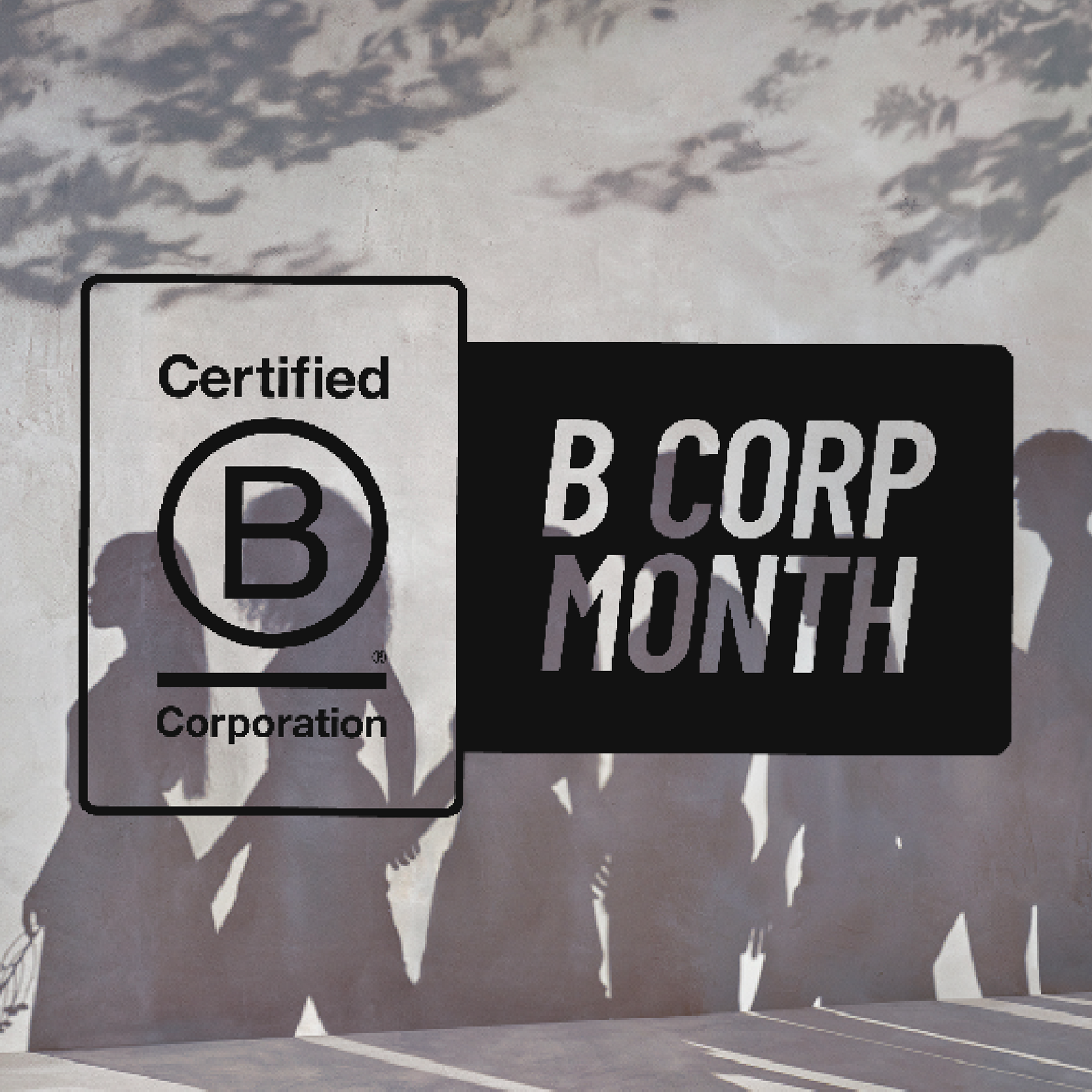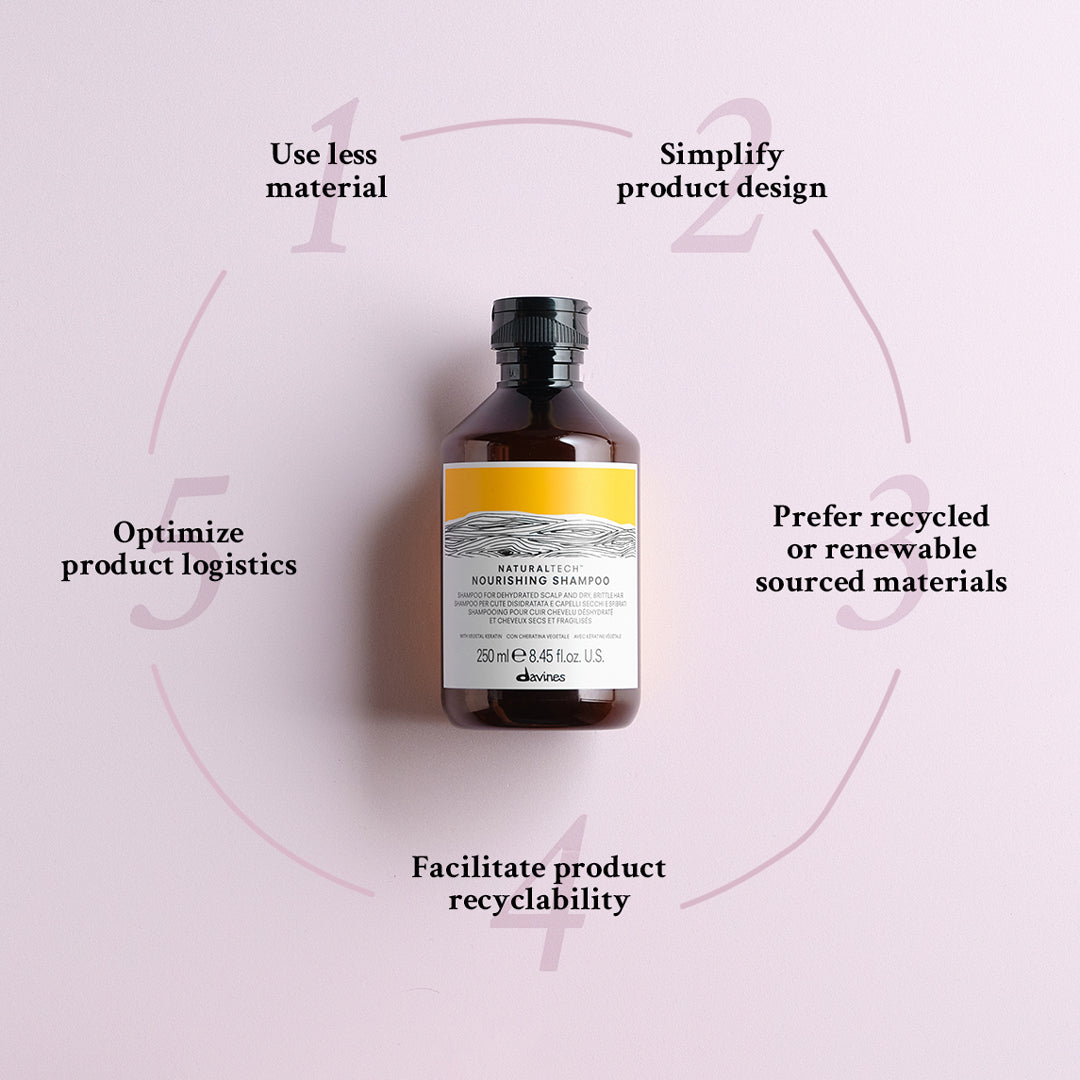Hygral fatigue is water damage that happens as a result of strands repeatedly absorbing moisture. Your best chance against it starts with knowing what's causing it. Here are some of the biggest culprits behind hygral fatigue.
Hair type
People with high porosity hair are predisposed to hygral fatigue because their cuticle cells are more distantly spaced making it easier for water to enter the follicle.
Over conditioning
Using deep conditioners or hair masks that are too heavy, using them too often or using them at all puts you at a higher risk of developing hygral fatigue- especially if you already have high porosity hair
Hair damage
Damaged hair is incredibly vulnerable to more damage because of its highly porous state due its weakened structure. If you use heat or chemicals beware of hygral fatigue.
Lost protective oils
Hair contains an oily substance called 18-metil eicosanoic acid that coats follicles, repelling water. Over-washing and using alkaline products can strip this from the hair leaving it open to hygral fatigue.
pH imbalance
If your hair’s pH is unbalanced, your cuticles will never fully close, allowing excessive moisture in and out. Using a pH shampoo will keep your hair balanced between 4.5 and 5.5.












Laisser un commentaire
Les commentaires sont approuvés avant leur publication.